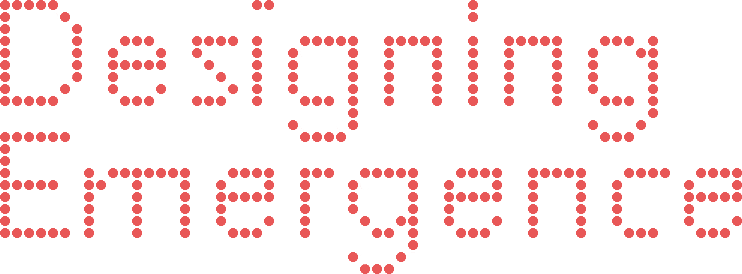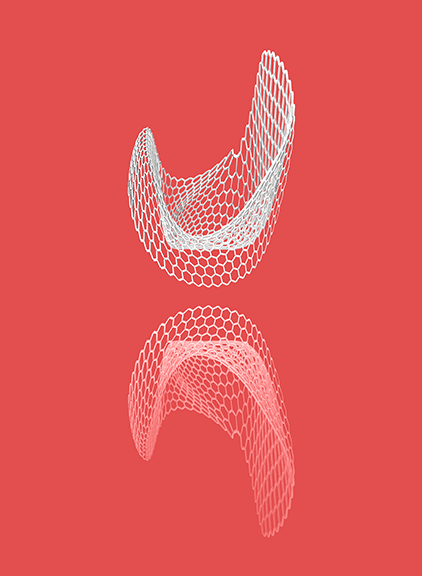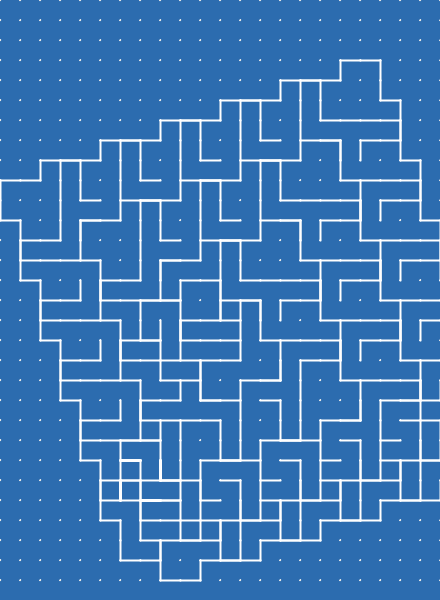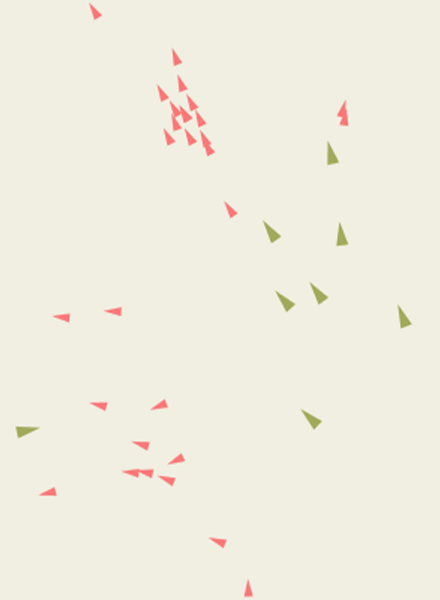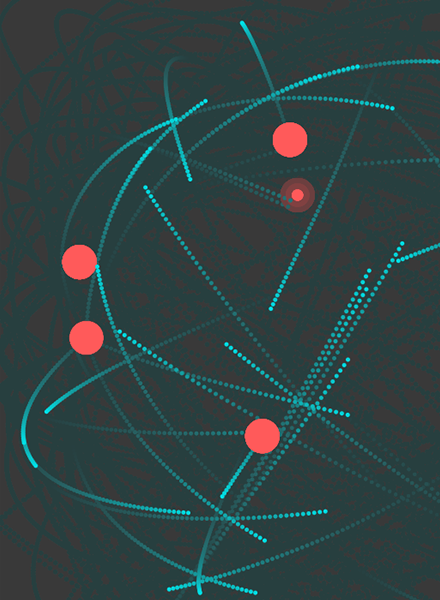Particle Network
You are probably no stranger to neural networks. Our brain is an amazing example of one and more recently we have begun to simulate them using computers. Networks created by Google, Facebook, and IBM analyze millions of points of data to automatically tag your photos, give you better search results, and even fool you into thinking that you are talking to a person over the phone instead of a robot. I wanted to learn more about how neural networks operate and eventually use them to help make better design decisions.
At its core, a neural network is a group of interconnected nodes. Each node receives inputs, modifies the inputs and processes them. After a certain condition is met, the node outputs its own signal to other nodes. As simple as it sounds, when you have hundreds of millions of neurons connected to each other, patterns begin to emerge and the network is able to solve extremely complex problems.
The example below is a simple network made of four nodes. The first node receives an input every time the mouse is pressed. When it reaches a certain threshold, it sends a signal to the two nodes it is connected to. This signal is modified by the connection between the two nodes. A thicker connection, will amplify the signal while a thinner line will diminish it. As the two nodes get closer to their threshold, they become bigger. When they reach the threshold, they output a signal of their own and return to the original size.
Download Processing Sketch
The above example shows how a neural network works, but it doesn’t illustrate how complex they can get. I also wanted to create a network where the connection were not fixed, but rather changed with the network. I had the idea to treat the output of a node as a particle that would be attracted by other nodes. Each nodes’ attractive force was proportional to its size, which became smaller as that node got closer to its threshold. This would mean that the path of the output particles was not fixed but changed as the nodes around them became larger and smaller.
You can clearly see that even though the particle is output at the same speed and location, its path and final destination change with the environment. When the number of nodes increase, you can start to see how complex the network becomes, especially now that the path of the output isn’t fixed.
Download Processing Sketch
‘Particle Network’ is a visualization that shows interactions within a network. it doesn’t even begin to show how neural networks can be used to solve problems. In upcoming projects, I will look to connect the network to external inputs and outputs and use them to solve complex design problems.
